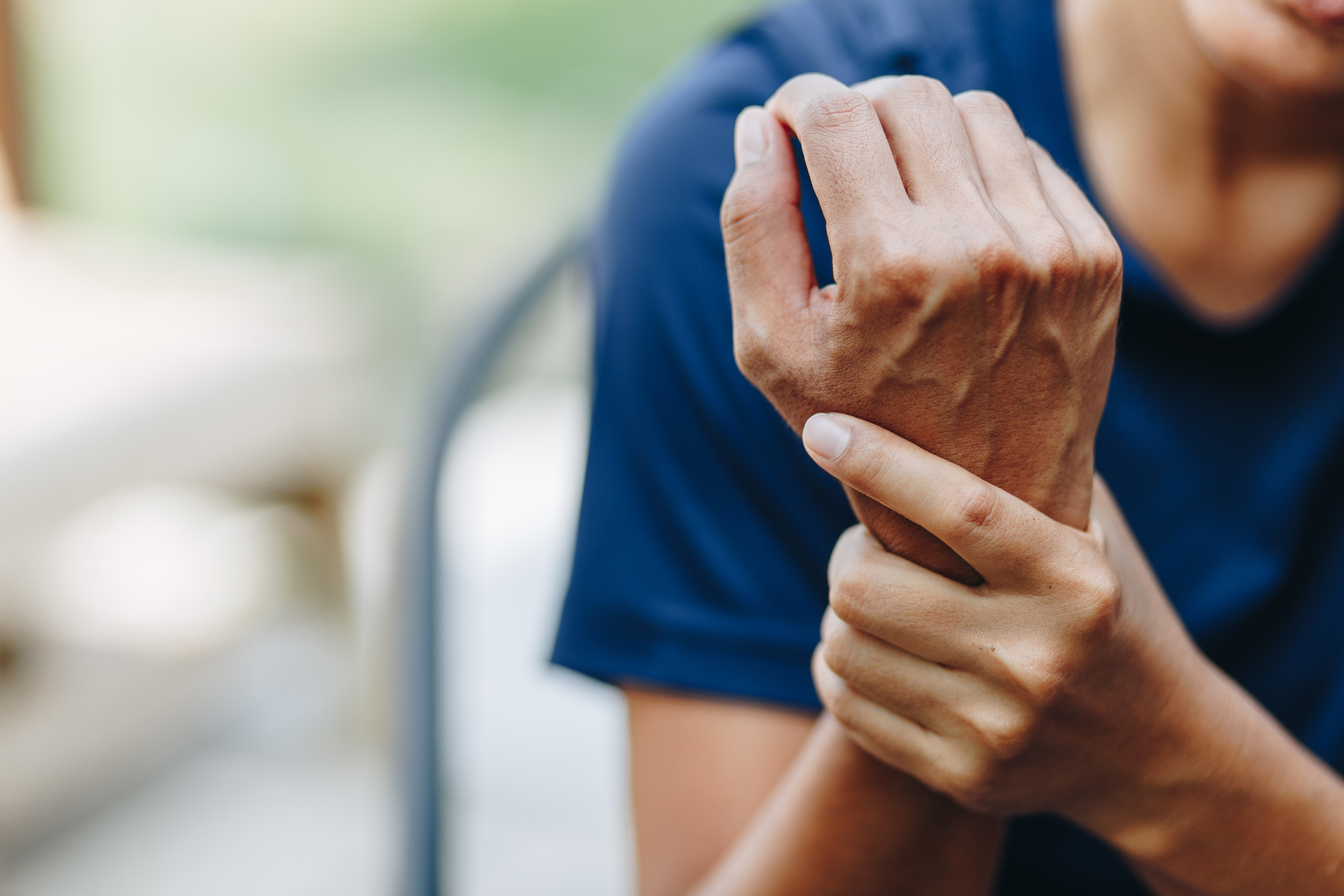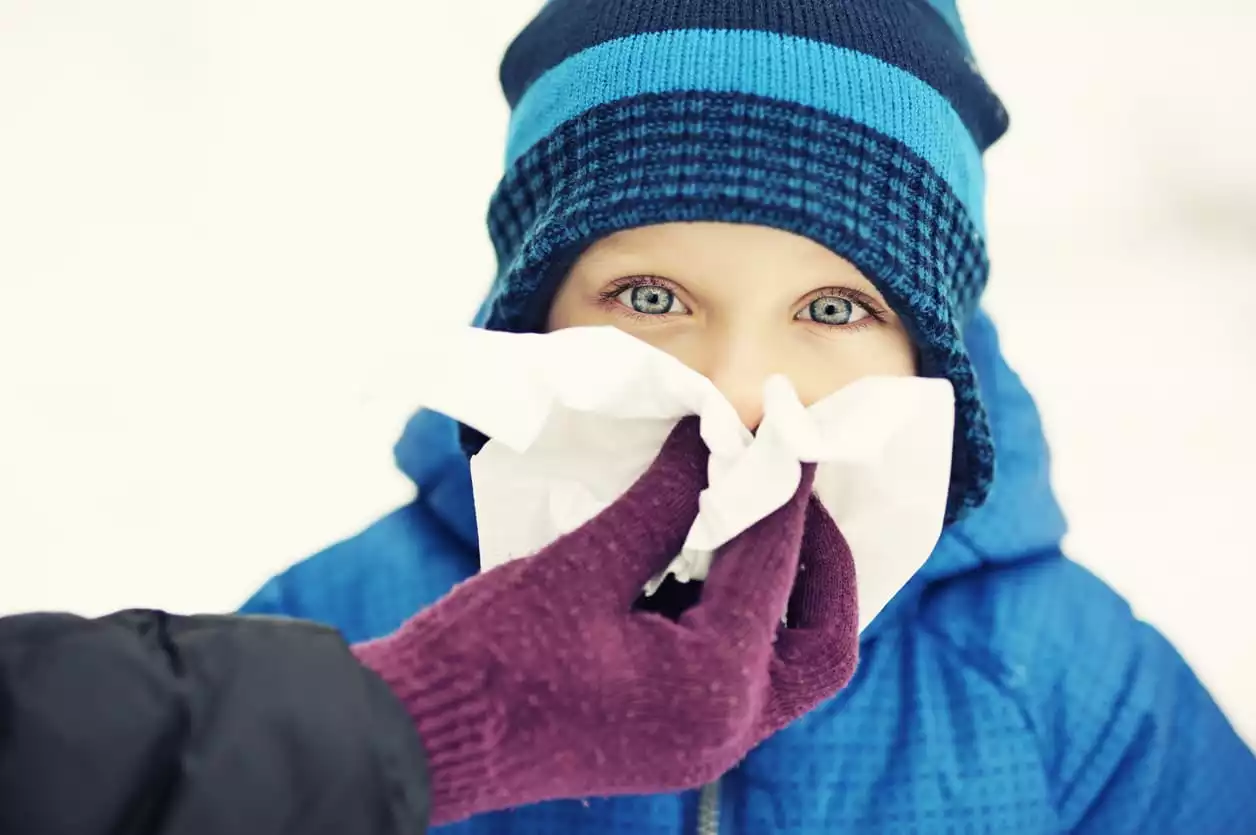Winter joint pain problems and remedies
There is a special relationship between winter and joint pain. In winter, when the temperature drops, the muscles start to stretch. As a result, the veins around the joints begin to swell. It increases stiffness and pain in the joints. Especially those who have problems with joints or joints, the pain increases more than before in winter.
Most people relax more in winter. This reduces physical activity. As the days are shorter and the nights are longer, the lifestyle changes. Therefore, our eating habits also change. We also reduce exercise. Therefore, the problem of joint pain increases.
Reasons why joint pain increases in winter
Due to the low atmospheric pressure in the winter season, swelling of the joints and muscles is a problem. Therefore, joint pain also increases.
In winter, when the air pressure is low, the fluid in the joints starts to thicken, due to which the problem of joint pain increases. Due to the problem of joint pain, it is difficult to get up, sit and even do daily work. In the winter season, the temperature starts to decrease. As a result, the blood vessels of the body begin to shrink and the flow of blood slows down. In this case, the problem of joint pain is more.
People who already have rheumatic problems also suffer from joint pain in winter season. In the cold season, the amount of vitamin D in the body is reduced due to the shortness of the sunlight, which increases the pain in the bones and joints.
Not paying attention to diet and lack of calcium in food can also cause joint pain in winter.
Avoidance
Special attention should be paid to certain things to avoid cold and joint pain. The first thing is to keep the body warm. Warm clothes should be worn and the heater should warm the room.
To avoid joint pain in winter season, you should keep yourself active and make time for daily exercise. If you can't go out, you can do yoga and light exercise at home. Doing this will reduce the problem of joint pain.
The problem of joint pain in winter may also be due to lack of vitamin D. In such a situation, you should sit in the sun for some time every day to make up for its deficiency. Also, you should include foods rich in vitamin D in your diet, such as mushrooms, eggs, fish, etc.
Foods rich in calcium help to keep the body healthy. Bone pain occurs due to lack of calcium in the body. Therefore, calcium-rich foods such as milk, cheese made from milk, broccoli, salmon, spinach, rajma, almonds, tofu, etc. should be consumed in abundance.
In winter, hot water bags can also reduce the pain. It relaxes the joints. Hot oil massage also relieves pain.
Due to the low temperature in winter, people feel less thirsty, so many people do not drink enough water. In such a situation, if you drink less water, the fluid cannot flow properly in the joints and the problem is joint pain. In this case, drinking plenty of water in winter can prevent joint pain.
If there is a problem of joint pain in the elderly, the process of going up and down the stairs should be reduced. Do not go for morning walk in very cold weather. Normal exercises should be done at home.
If the joint pain does not subside even after paying attention to the above, it may be due to other bone and nerve diseases. Therefore, you should consult the relevant doctor.

30035-4/asset/fd0a480b-353f-4256-9173-74f5534433ce/main.assets/gr1_lrg.jpg)






